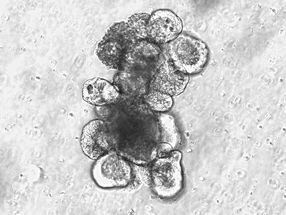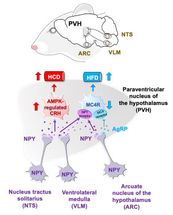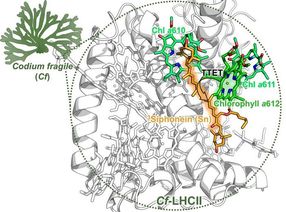Newly identified molecular mechanism plays role in type 2 diabetes development
Advertisement
New research from Harvard T.H. Chan School of Public Health describes a molecular mechanism that helps explain how obesity-related inflammation can lead to type 2 diabetes. The findings describe a surprising connection between two molecular processes that are known to be involved in the development of metabolic disease - inflammation and endoplasmic reticulum (ER) dysfunction - and suggest that targeting this connection could aid in the development of new therapies. The study is published in Science.
Specifically, the researchers studied liver cells to show that obesity-associated inflammation can lead to increased production of nitric oxide (NO).
"These results establish that in an environment suffering from chronic inflammation, cellular organelles lose their vitality through a specific link that is identified in our study, and suggest that therapies that target inflammatory pathways, including nitric oxide production, could be effective strategies in the treatment of metabolic disease," said Gökhan S. Hotamisligil, JS Simmons Professor of Genetics and Metabolism
It's been known that in the presence of obesity, the ER is unable to perform one of its key functions: initiating a cascade of intracellular events called the unfolded protein response (UPR), which relieves ER stress and restores function. While the mechanisms that incapacitate the ER in chronic diseases have remained enigmatic, it was generally assumed that ER dysfunction led to inflammation. But, according to the new study, the sequence may be the opposite
The researchers outlined the sequence of events that results from obesity-related inflammation. First, the inflammation leads to increased NO production. The NO, in turn, modifies an enzyme called IRE1 that is involved in the UPR. The result: failure of the UPR to restore ER function, leading to insulin resistance and type 2 diabetes.
In their approach, the researchers engineered a form of IRE1 that could not be modified by NO, and found that it protected against the detrimental consequences of inflammation and improved metabolic control in obese mice.


























































